Indian stamps are more than just pieces of paper used for mailing letters; they are miniature works of art that tell stories of India’s rich history, diverse culture, and significant achievements. From the colonial era to the present day, Indian stamps have evolved to become a vital part of the country’s philatelic heritage.

The Beginnings: Colonial Era Stamps
The history of Indian stamps dates back to the British colonial period. The first postage stamp in India, known as the “Scinde Dawk,” was issued in 1852 by the British East India Company in the Sindh region (now in Pakistan). These stamps were circular and embossed in design, making them unique and highly collectible today.
In 1854, the first stamps valid for use throughout India were issued, featuring the profile of Queen Victoria. These stamps were printed in different denominations and colors, marking the beginning of India’s structured postal system. The designs were simple but carried the significant colonial influence of the time.

Post-Independence: A New Era of Philately
After gaining independence in 1947, India began to issue stamps that reflected its newfound sovereignty and cultural identity. The first stamp issued by independent India on November 21, 1947, depicted the Indian national flag. This was followed by a series of stamps honoring Mahatma Gandhi, the leader of the Indian independence movement, in 1948. The “Gandhi Memorial” series remains one of the most iconic and sought-after collections in Indian philately.
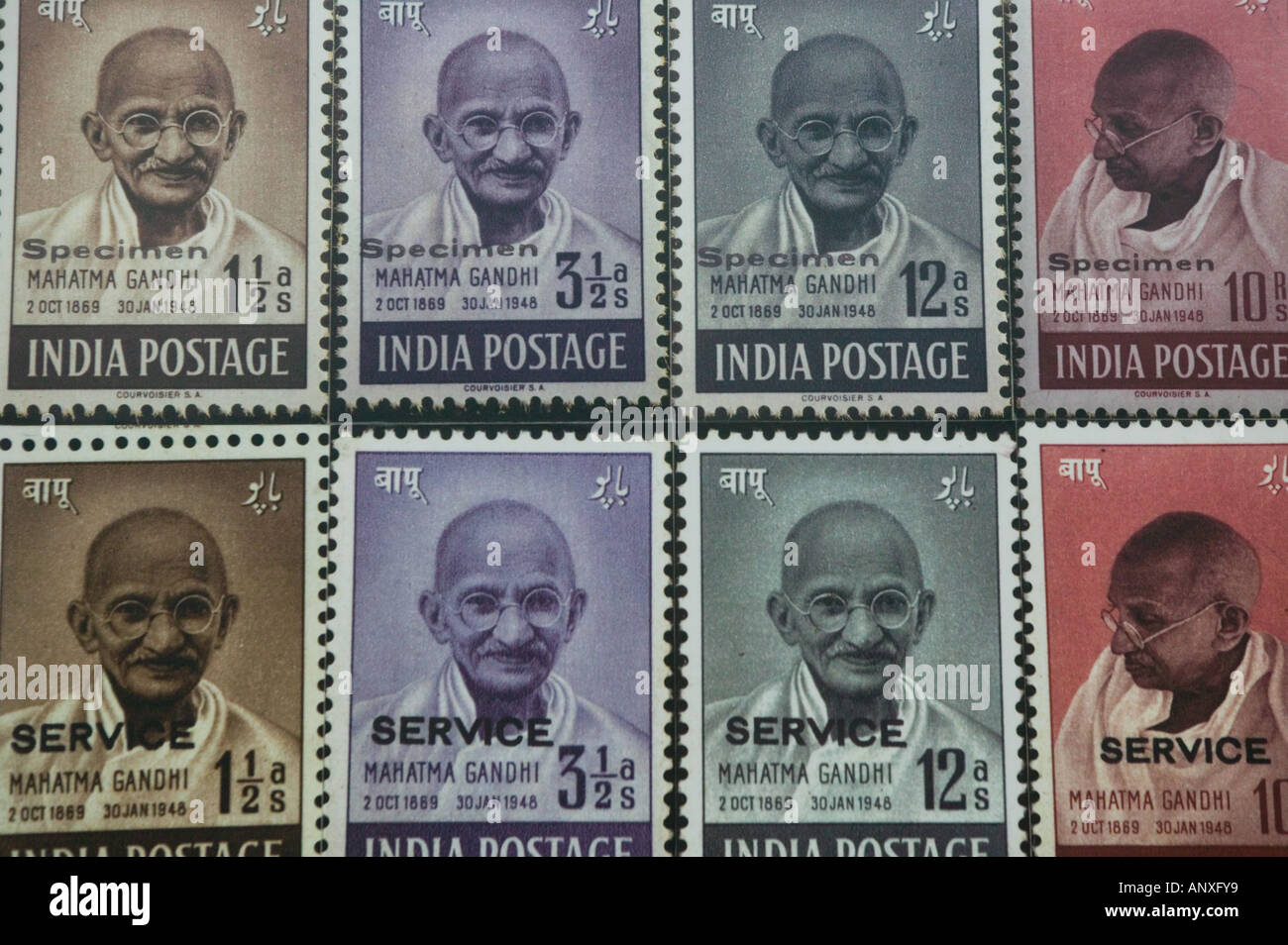
Themes and Designs
Indian stamps cover a wide array of themes, showcasing the nation’s diversity and achievements. Some prominent themes include:
- Historical Events and Figures: Stamps commemorating important events like the Salt March, India’s first general elections, and notable personalities such as Jawaharlal Nehru, Indira Gandhi, and Subhas Chandra Bose.
- Cultural Heritage: Stamps celebrating Indian festivals, traditional dances, music, and art forms like Kathakali, Bharatanatyam, and classical music legends.
- Natural Wonders and Wildlife: Stamps depicting India’s rich biodiversity, including endangered species like the Bengal tiger, Indian rhinoceros, and various bird species.
- Scientific and Technological Achievements: Commemorative stamps honoring India’s advancements in space research (e.g., ISRO’s Mars Orbiter Mission), nuclear energy, and technological innovations.
- Architecture and Monuments: Stamps showcasing India’s architectural marvels, such as the Taj Mahal, Qutub Minar, and various ancient temples and forts.
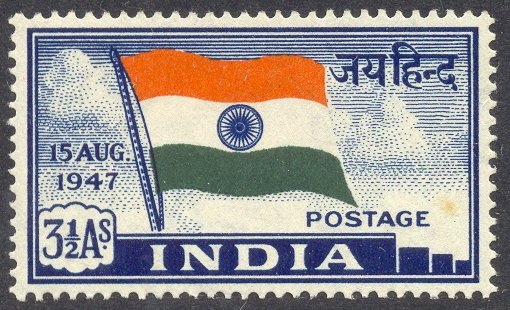
Special Series and Philatelic Initiatives
India has also issued several special stamp series and philatelic initiatives to promote its heritage and milestones:
- Definitive Series: Regular issues featuring prominent personalities, natural scenery, and symbols of India.
- Commemorative Series: Special issues marking significant anniversaries, events, and international collaborations.
- Miniature Sheets and Souvenir Sheets: Limited edition stamps released on special occasions, often with intricate designs and enhanced printing techniques.
- First-Day Covers and Postal Stationery: Collectibles that include stamps on their first day of issue, often with special cancellations and envelopes.

Modern Trends and Innovations
In recent years, India has embraced modern printing techniques and innovative themes to keep the philatelic community engaged. Self-adhesive stamps, personalized stamps, and stamps with QR codes have been introduced to cater to contemporary needs. Additionally, collaborations with international postal administrations have led to joint-issue stamps, celebrating shared cultural and historical ties.

The Role of Philately in Education and Tourism
Philately plays a crucial role in educating people about India’s history, culture, and achievements. Stamp exhibitions, philanthropic clubs, and postal museums across the country contribute to spreading awareness and fostering interest in stamp collecting among younger generations.
Moreover, stamps serve as ambassadors of India to the world, attracting philatelists and tourists alike. International stamp exhibitions and events hosted by India Post have further enhanced the country’s reputation in the global philatelic community.
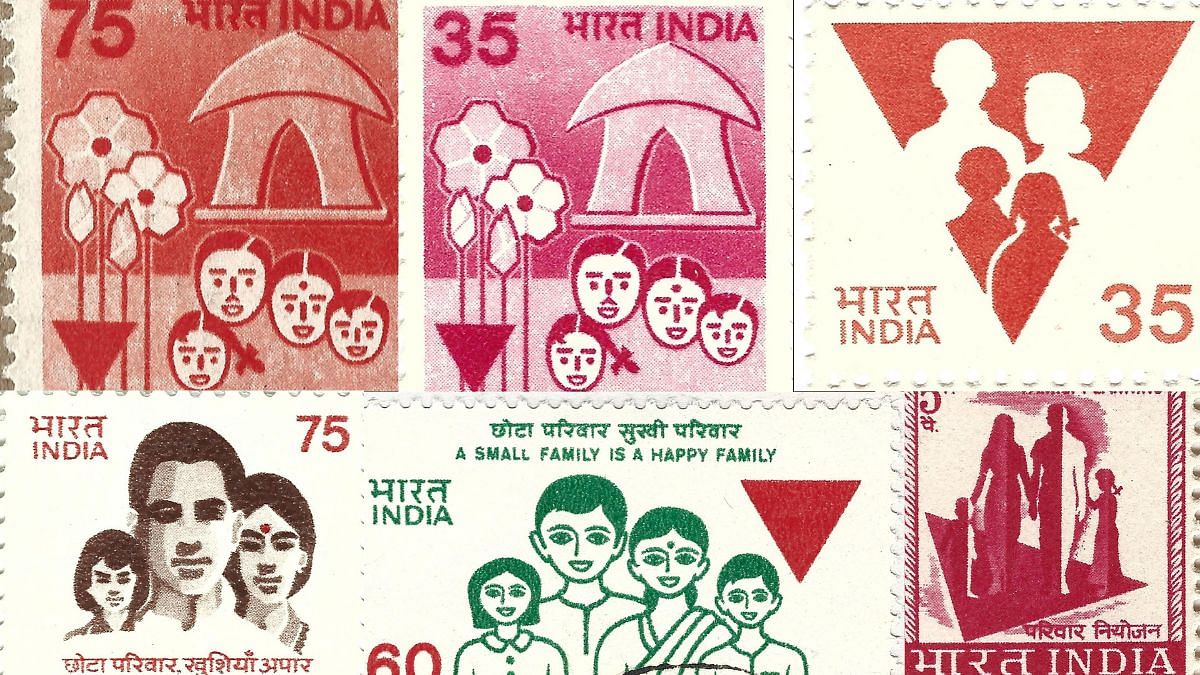
Conclusion
Indian stamps are more than mere postage instruments; they are a reflection of the nation’s soul. Each stamp, with its unique design and theme, offers a glimpse into India’s past, celebrates its present, and inspires its future. For philatelists and history enthusiasts, Indian stamps provide a fascinating journey through the annals of time, capturing the essence of a vibrant and diverse nation.


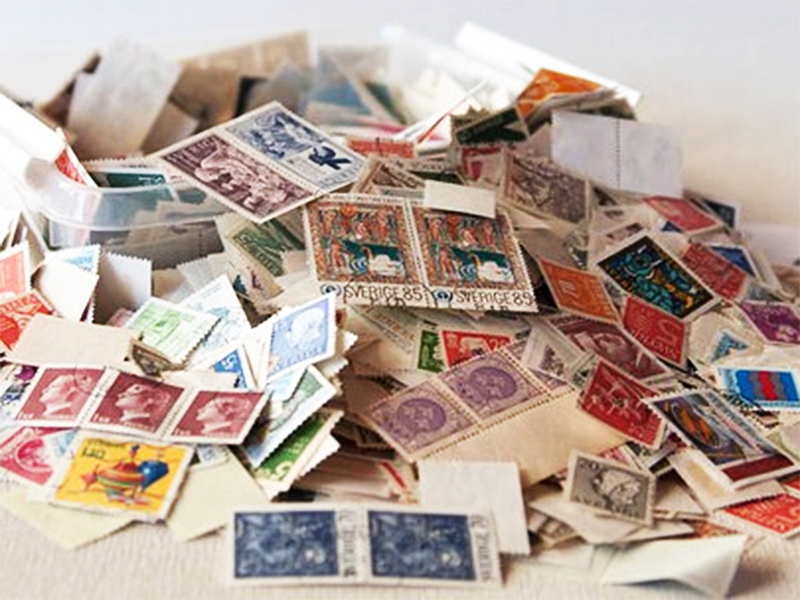
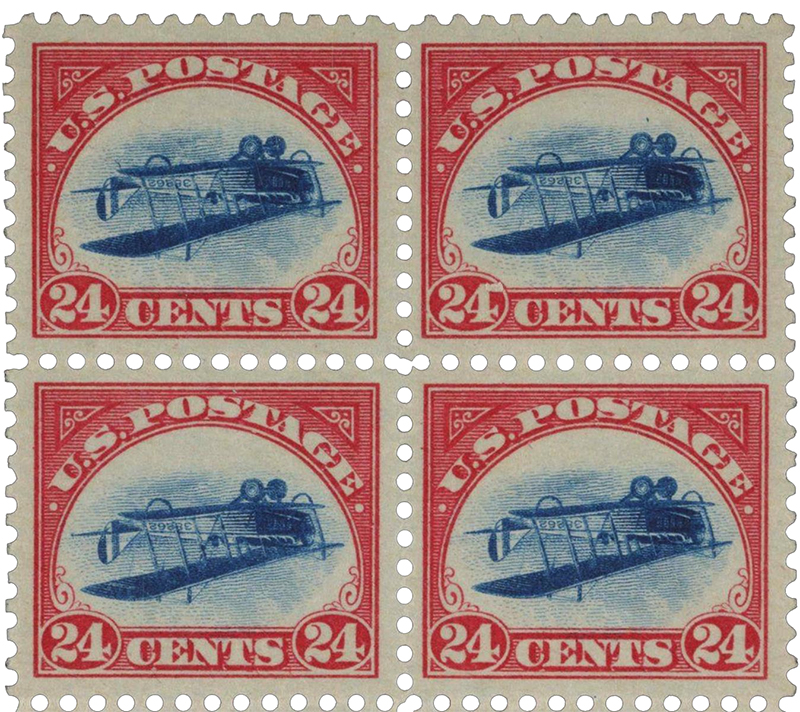
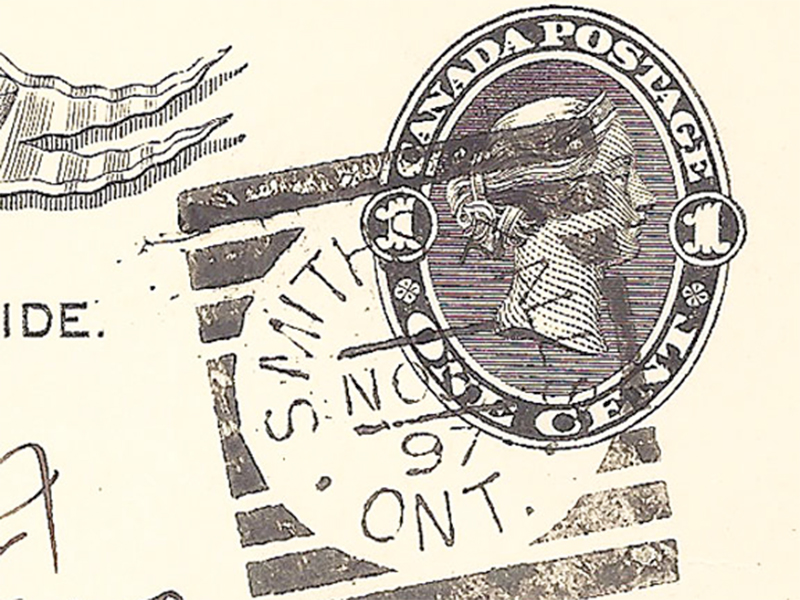

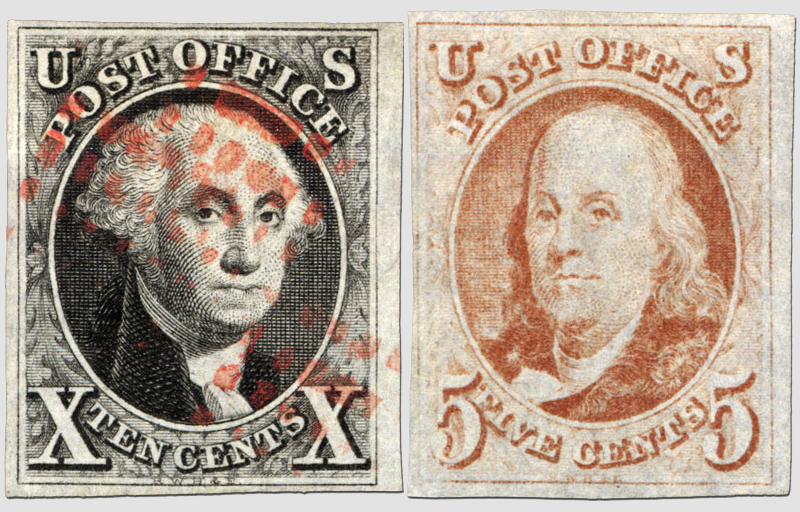




Leave a Reply